In this review, we take a look at the updated Tamron 28-75mm f2.8 Di III VXD G2 for Sony FE-mount.
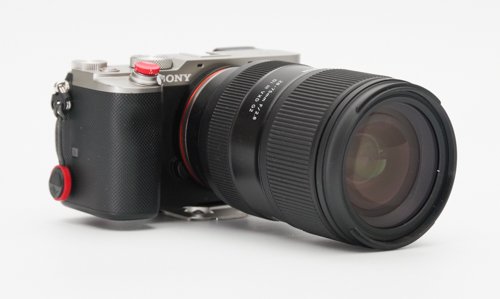
Table of Contents[Hide][Show]
Introduction
The original Tamron 28-75mm, which we reviewed and liked quite a lot, has been a popular option for Sony users. While it doesn’t offer the wider 24mm of some of its competitors, its smaller size, lower price, and excellent optical performances made it a compelling choice.
In a way, it is surprising to see Tamron update this lens so soon after the initial release. The company has been releasing lenses at a fast pace in recent times, and the 28-75mm G2 is an example of this.
On paper, the new lens is nearly identical to its predecessor. Under the hood, there are many changes. The optics have been rebuilt from the ground up. The body follows a new design language, also used on the Tamron 35-150mm. The lens now includes an external button, in addition to a USB-C port for updates and customization. The AF motor has also been updated.
All these improvements and changes lead to a distinct product. Will it be a worthy upgrade to the well-liked version 1?
In this in-depth review, we will take a look at all the technical and artistic parameters which help to define a lens. Read on to find out everything there is to know about the Tamron 28-75mm f2.8 Di III VXD G2!
Specifications
| Lens Name | Tamron 28-75mm f2.8 Di III VXD G2(Model A063) |
| Optical formula | 17 elements in 15 groups |
| Image circle | Full frame |
| Field of view diagonal | FF: 75.4° – 32.2° APS-C: 53.3° – 21.2° |
| Aperture range | F2.8/F22 |
| Aperture blades | 9, curved |
| Aperture ring | No |
| Max magnification | 1:2.7 (wide) / 1:4.1 (tele) |
| Minimum focus distance | 0.18m (wide) – 0.38m (tele) |
| Internal focus | Yes |
| Filter thread diameter | 67mm |
| Lens cap | Plastic, clip-on |
| Lens hood | Removable petal-shaped |
| Diameter x Length | 75.8 x 117.6 mm (3 x 4.6 in) |
| Weight | 540 g (19 oz) |
| Price (US MSRP) | $899 |
Construction and Handling
In this section, we take a look at the physical characteristics of the Tamron 28-75mm G2.
Front Element
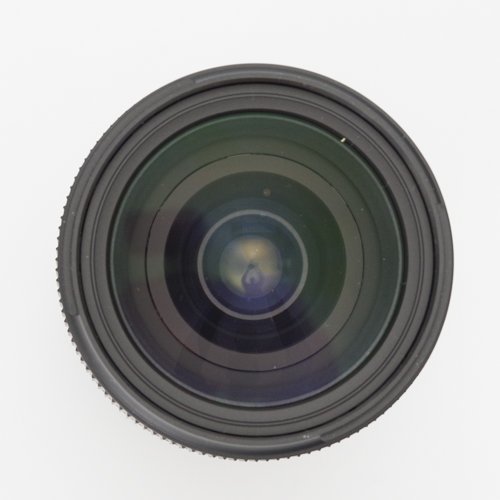
The front of the lens is devoid of markings. The glass takes up a large part of the total front surface. It bears fluorine coatings to repel water and grease.
The lens uses a common 67mm filter thread. Most of the FE lenses use 67mm, from the small primes to larger tele zooms. This makes it easy to use a single filter on a variety of lenses.
The lens cap is plastic, and a bit thick, similar to caps for other Tamron lenses.
Lens Body
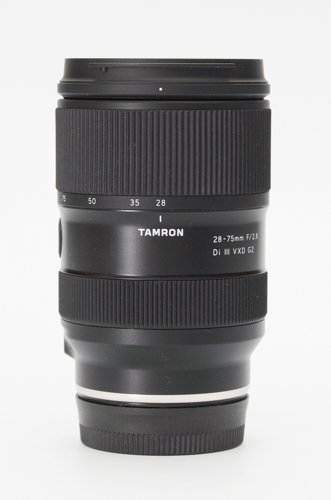
The Tamron 28-75mm G2 has a body in many ways similar to its predecessor. The body is made of polycarbonate and is sealed against water ingress. The lens is moderately small, and reasonably light.
Despite the use of plastic, the 28-75mm G2 doesn’t feel cheap or fragile. It is tightly assembled with strict tolerances. The company’s new finish feels a bit more premium than what was used in the past.
The bottom of the body, near the camera mount, bears a silver ring. This nicely matches the dual-color of the Sony A7C. A discrete mark next to the silver ring helps to line up the lens for mounting. Above, the lens tapers out to a slightly larger diameter.
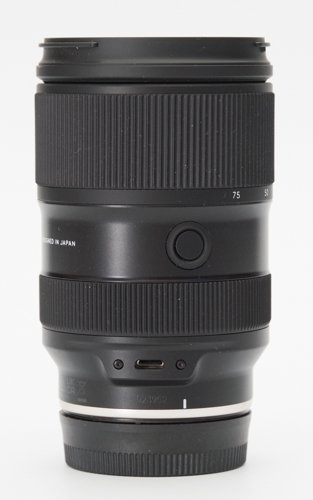
On the taper, the lens bears the USB-C port used to update and customize the lens thanks to the Tamron Lens Utility software.
At the base of the cylindrical section is the focus ring, situated lower than previously. Next is a smooth section bearing the brand name and lens name, printed in white. This section also hosts the customizable Focus Hold button. Higher up is the wide zoom ring. It bears multiple focal length markings.
As with other E-mount lenses, the 28-75mm G2 uses focus by wire and, while it does offer manual focus override, this must be activated in a menu and cannot be used with continuous AF.
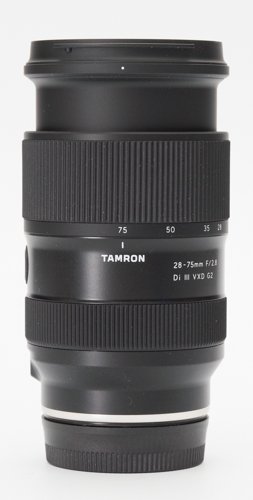
The lens extends a bit when zooming.
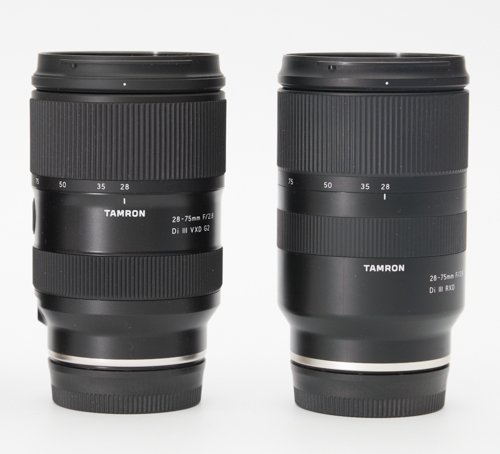
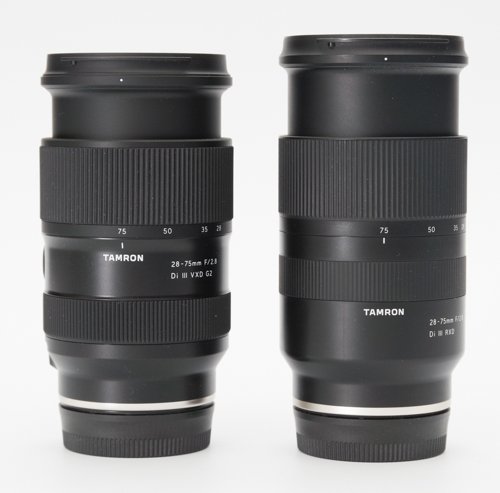
Seen side by side, the two versions of Tamron’s 28-75mm have a lot in common but also key differences. The shape of the barrel and the total extension when zoomed are key differences, as is the finish and the presence of a button and USB-C port on the new version.
Aperture

The Tamron 28-75mm G2 uses 9 curved aperture blades.
Lens Mount

The lens mount is metal, and features a black o-ring to protect against water ingress. There is a rectangular cut-out on the back, to diminish stray reflections. To some extent, it serves a function akin to a lens hood.
Lens hood
The lens ships with a plastic lens hood. It is petal-shaped and, as usual, reverses for storage.

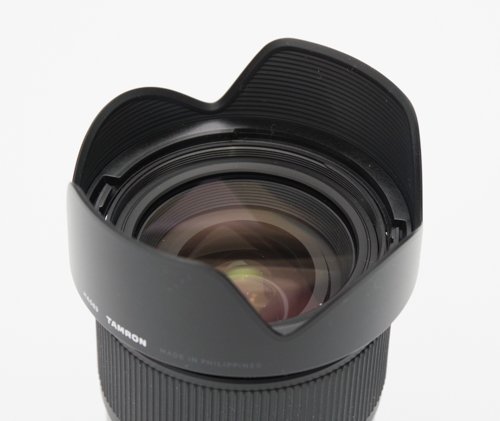
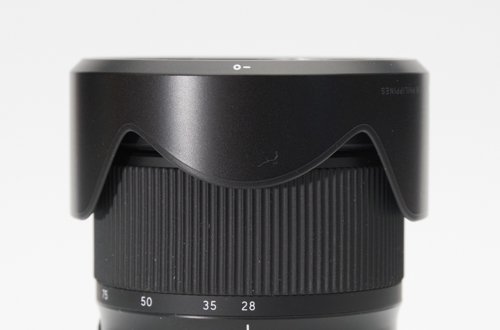
Mounted On Camera
The Tamron 28-75mm G2 is not a big lens, it manages to handle well with the small Sony A7C.


Side by side
Here is the Tamron 28-75mm G2 next to the Tamron 20mm F2.8 and 28-75mm F2.8 version 1.

Focusing
When writing our review of the Tamron 70-180mm, we mentioned that its AF system was the best we’ve seen. The 28-75mm G2 uses the same VXD (Voice-coil eXtreme-torque Driver). The former actually used two motors in conjunction, whereas the later uses only one because less glass needs to be moved.
In use, the 28-75mm G2 is quite responsive. It is hard to feel an important difference compared to the 28-75mm version 1, but the predecessor is a fast lens itself, so improvements will by necessity be incremental. Focusing feels fast and is almost completely silent. The lens keeps up with subject tracking using AF-C. It supports every focusing mode available on the A7C.
There is no manual focus switch on the lens, but the Focus Hold button can serve this purpose. The focus ring is adequately dampened and shouldn’t move accidentally. It provides passable feedback to the user, adequate but nothing special. The precision of the focus adjustments will be dictated by the speed of rotation of the focus ring. Tamron did a good job even though focus-by-wire is not as direct as mechanical focusing. Thanks to the USB-C port and Tamron’s software, it is possible to tune the responsiveness of the focus ring, its linearity and sensitivity of the ring, and even program focus pulls for videos!
We observed no occurrences of hunting during our tests. We also did not encounter frequent occurrences of front or back focsing.
AF Speed
AF speed was tested with the A7C. The subject was a black cross on a white background, about 1.5 meters in front of the camera. We used the central focus point. Three measurements were averaged for each data point.
For reference, 5 EV corresponds roughly to a small room lit with a 60 W bulb, and a sunny day corresponds to 16 EV, and a moonlit night to -2 EV.
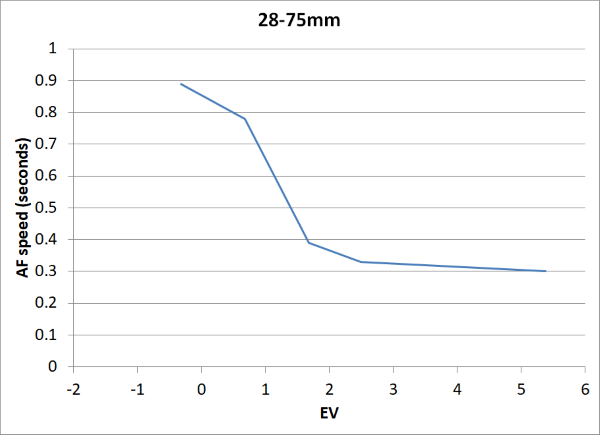
There are two regimes when testing focus with the Tamron 28-75mm G2, just as there were with the 35-150mm. Below 2 EV, the lens behaves essentially similar to its predecessor, with only marginal differences. At 2 EV and more, measurements become hard to make; focus is essentially instantaneous. AF speed drops to around 0.3 seconds, and becomes almost independent on light levels. Again, at its fastest the G2 is similar to version 1, but it gets there more quickly.
In summary, the Tamron 28-75mm G2 does quite well for AF, being mostly similar to its predecessor, but reaches its peak speed at lower light levels.
AF Tracking
AF tracking, or continuous AF, is a hallmark of Sony cameras. As such, it is important to evaluate whether or not the Tamron 28-75mm G2 can keep up with fast movements of the subject.
In our experience, the lens generally performs within expectations in this regard. In general, it was able to keep track of subjects with ease.
The following animation shows a series of images, and involves movement diagonal to the photographer, and a rotation of the camera. All the images remained well focused. Moreover, the AF was initiated after the subject started moving.

General Image Quality
Before diving into the technical aspects of this review, let’s have a look at the more subjective elements which can make or break an image.
Field of View
With its 28-75mm, Tamron sacrifices a bit of the wide range when compared with most of its competitors, in exchange for a smaller and cheaper package and some extra reach at the tele end.

28-75mm is an extremely versatile focal range, especially coupled with a fast F2.8 aperture. It is the epitome of the “walk-around” lens. It can be used for landscapes and cityscapes, although 28mm is narrower than some would prefer. It can also serve in a studio, covering most needs from group shots to portraits. It can be used in low light and is well-adapted to candids and street shooting.

The lens provides a marginally bigger magnification than its predecessor at 28mm (going from 1:2.9 to 1:2.7). It is not a macro lens, but can perform some close-ups in a pinch.
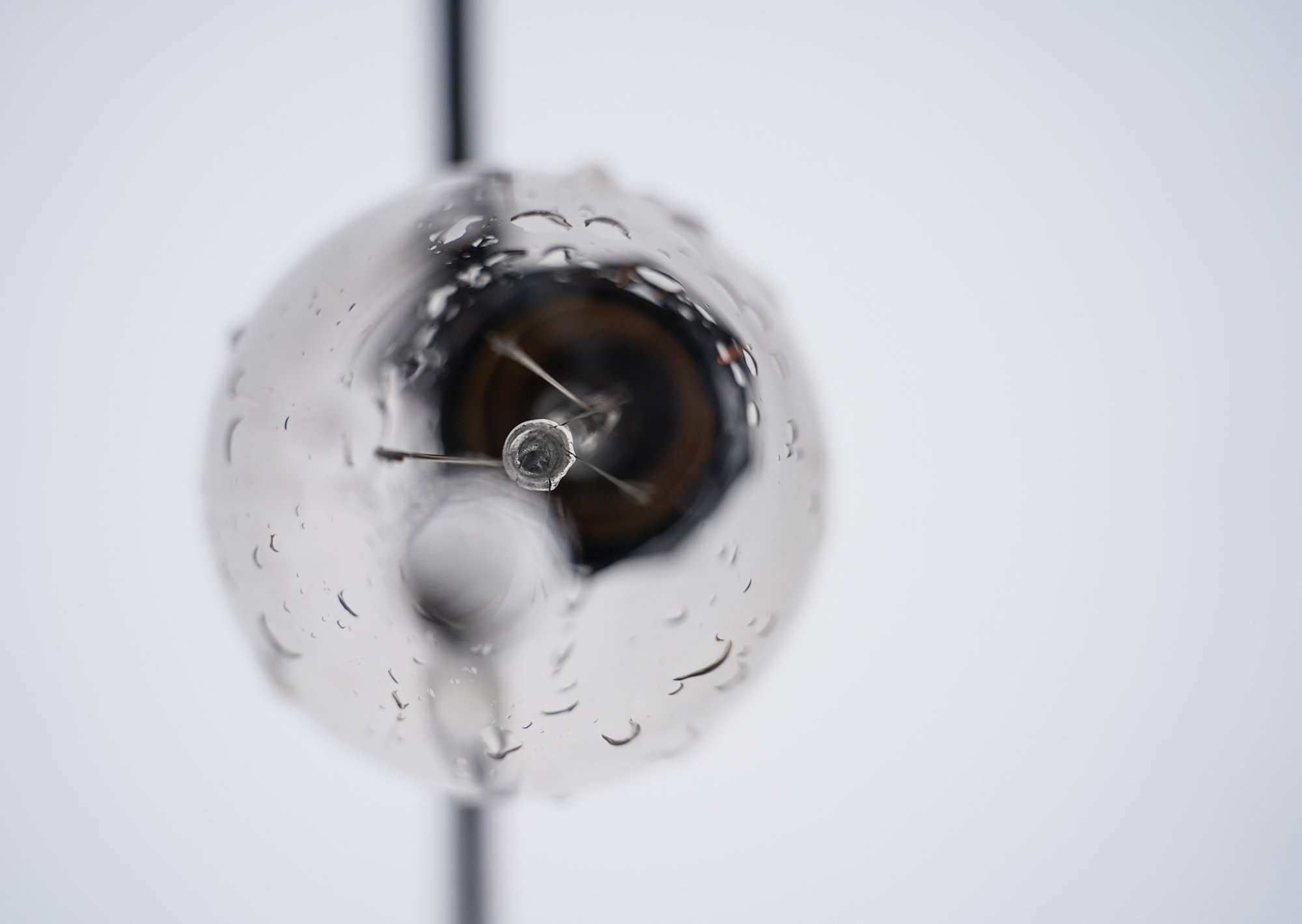
We can write the same thing that we wrote about the original Tamron 28-75mm: in use, the Tamron 28-75mm has been a pleasure to handle. It is versatile and dependable, without being too large or heavy.
Color and Contrast
Just like other Tamron lenses, the 28-75mm G2 produces rich colors, well saturated without going overboard.

Starbursts
Starbursts are nothing special. The are present at F11 and F16, but not particularly beautiful. At wider apertures, they are nearly absent. This is not a perk of the Tamron 28-75mm G2.

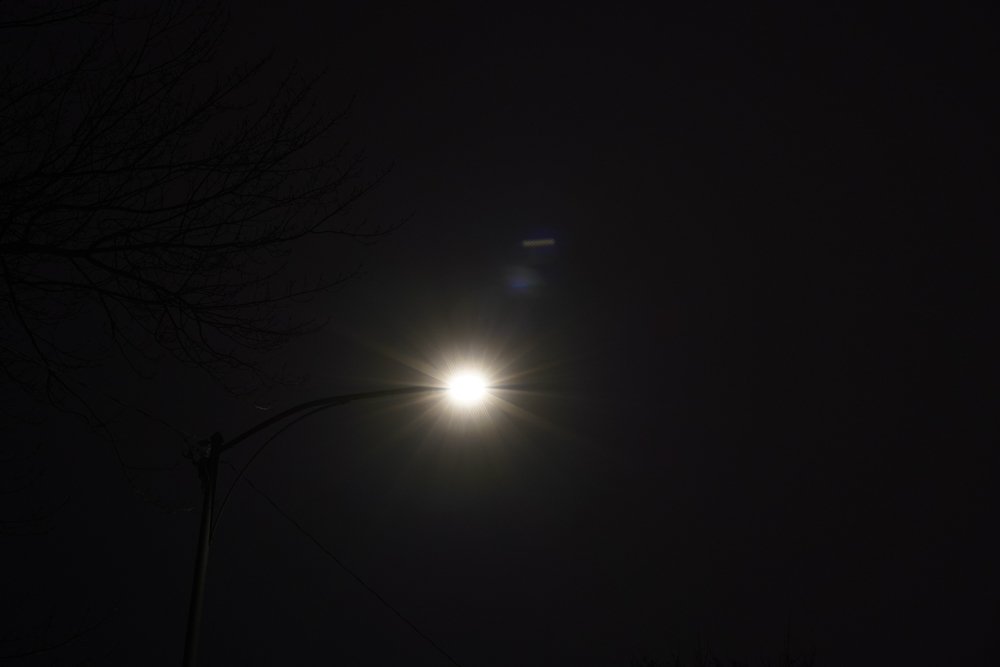
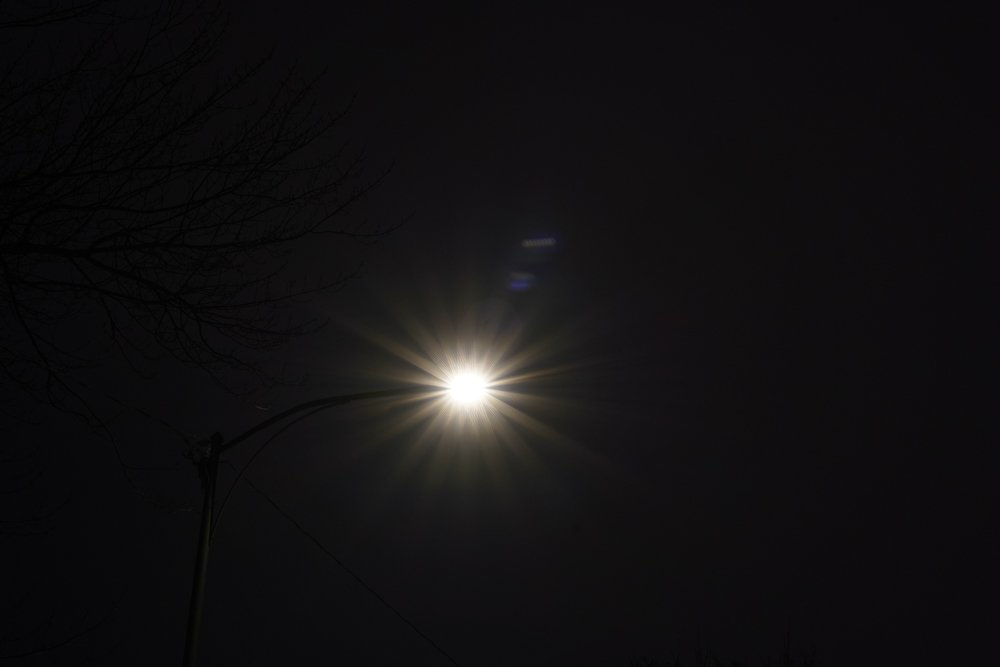
Metering and Exposure
During our tests, exposure was generally consistent and reliable. The lens and camera combo tend to underexpose slightly in difficult situations, like with subjects on snow fields.
Sharpness
Sharpness, or a lens’s ability to resolve small details, is far from the only important characteristic of a lens, but it is probably the one which many users look at first. Soft images distract the viewer and the sharpest point in an image draws the eye.
There are several ways to measure resolution. Some are quantitative, such as the number of lines per millimeter that can be resolved, while others are comparative, such as using a standardized scene to pit lenses against one another. We will use the latter, and supplement it with real-life examples below.
To evaluate sharpness, we use a standard test chart that can be used to compare lenses to one another. We place the camera and lenses at a distance of 100x the focal length, so that the chart occupies the same area on all test images. This results in distances of 2.8-7.5 m in the present case. The chart is positioned successively in the center, on the edge and corner off the frame, testing all apertures each time. Focus is repeated for each position to avoid field curvature contributions.
This test will not show how good a lens can be. Quite the contrary, it is a stress test to illustrate the limits of a lens’s capabilities.
Resolution is of course sensor-relevant. For this test we use the A7C camera’s 24 MP sensor.
Test results at 28mm
The following images illustrate the results at all apertures at 28mm.
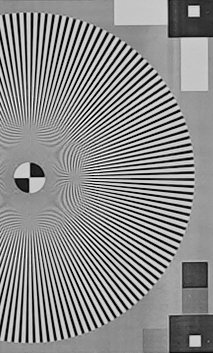


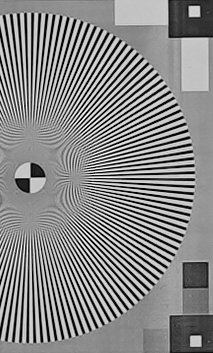
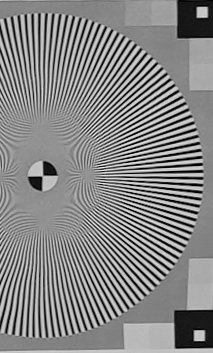


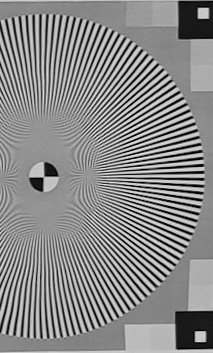
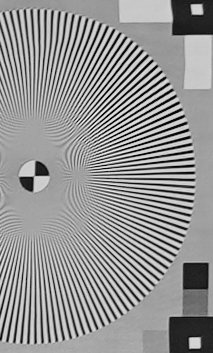
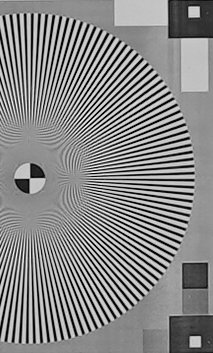
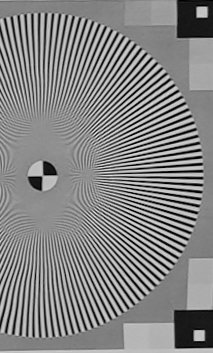
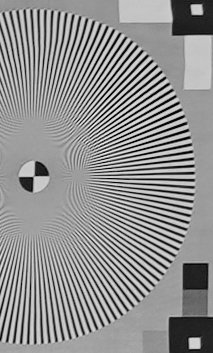
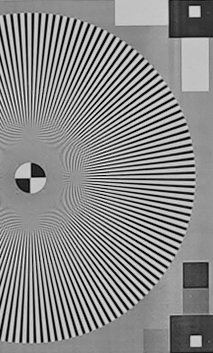


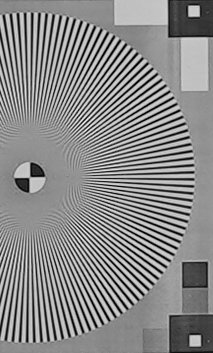

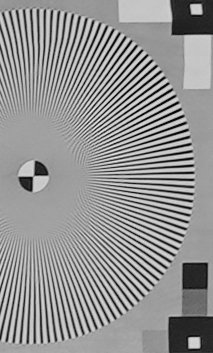
As with its predecessor, center sharpness is superb at all apertures at 28mm. The lens can be used with confidence regardless of the selected aperture.
Edges are close in resolution for resolution, and even corners are never far behind. Excellent uniformity is obtained at F5.6 and F8. When the whole frame needs to be in focus (for instance for a broad landscape vista) using F8 will deliver best results.
Test results at 50mm
The following images illustrate the results at all apertures at 50mm.
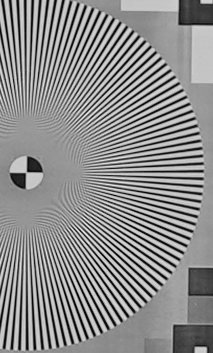
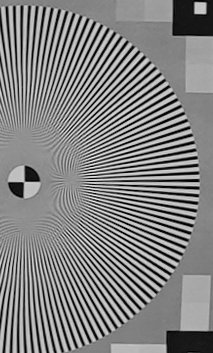


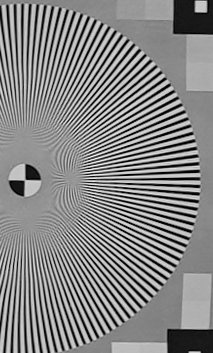
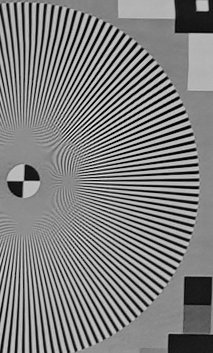
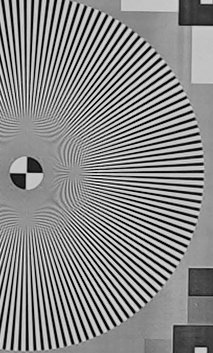
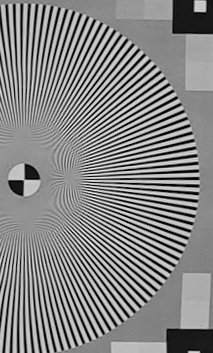
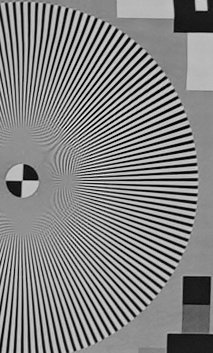
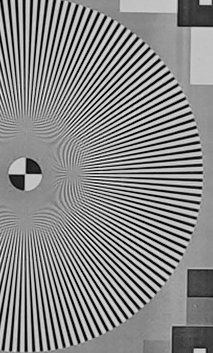
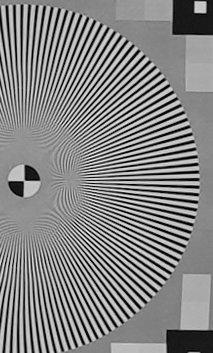
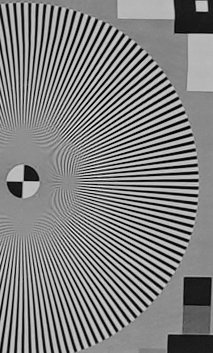

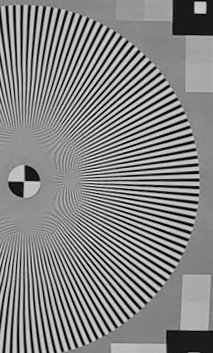
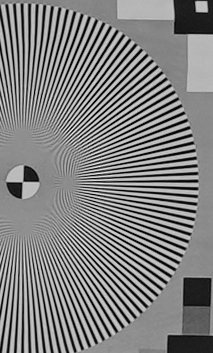
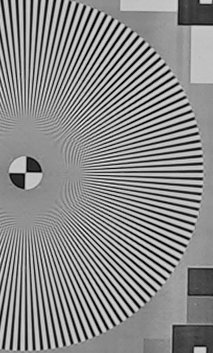
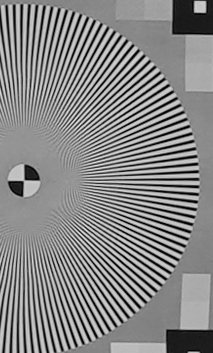

At 50mm, uniformity is even better, at the price of some sharpness degradation wide open. Results are still good at F2.8, but the lens reaches its best resolution at F5.6. F4 and F2.8 remain very good, just not as good as F5.6. Generally speaking, users can depend on excellent center sharpness at alla apertures, and excellent corner sharpness between F4 and F11.
Test results at 75mm
The following images illustrate the results at all apertures at 75mm.
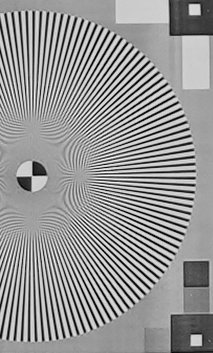

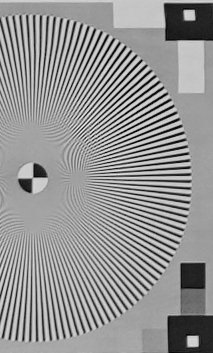

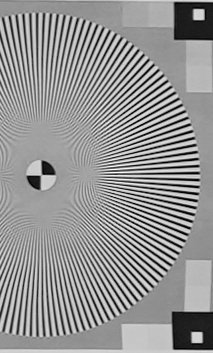

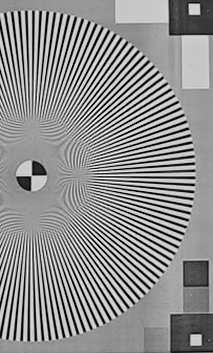



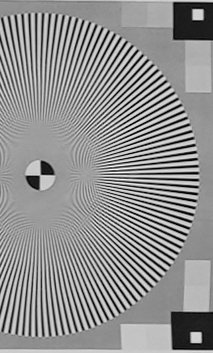
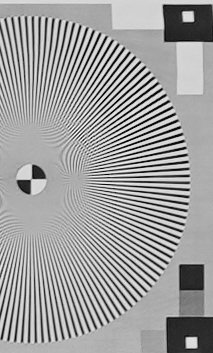
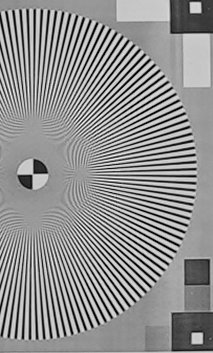

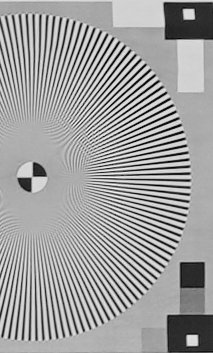
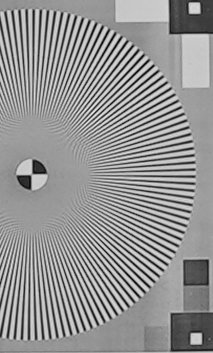
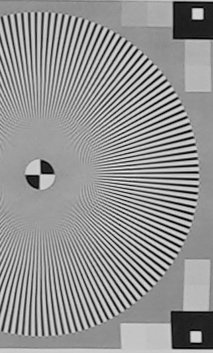
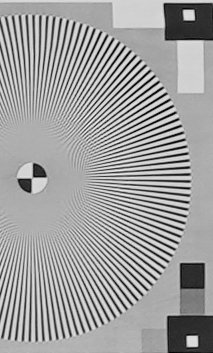
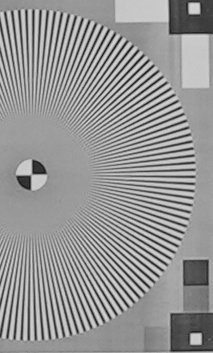
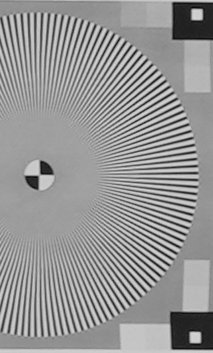
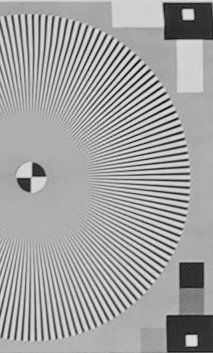
At 75mm, center sharpness is very good at F2.8, and quickly improves to excellent at F4 and up to F11. At this focal length, edges and corners never reach the same resolution but come close at medium apertures. Best results are obtained at F5.6 and F8. This is impressive.
Summary
The Tamron 28-75mm G2 is a dependable lens in the center at all focal lengths and apertures. 28mm and 50mm show impressive uniformity at medium apertures. There is no condition where the lens delivers poor results, simply combinations of focal length and aperture where it is at its best.
Vignetting
Vignetting, or the darkening of corners at wider apertures, is both a defect and a feature, as it can be used creatively to put emphasis on subjects closer to the center, create a mood or a vintage look. It can also be corrected automatically by modern cameras so is less of a problem than in the past. That is only true for lenses with electronic contacts, including the Tamron 28-75mm G2.
The following chart illustrates the vignetting of the lens for full frame when left uncorrected.

Generally speaking, vignetting is barely dependant on the focal length, with 28mm producing the strongest effect. Wide open vignetting is strong, with values between 1.75 and almost 2.5 EV depending on the focal length.
The vignetting decreases regularly until approximately F5.6, where it tends to even out. It is necer completely absent but harder to notice at smaller apertures
We recommend activating automatic vignetting corrections with this lens, unless the effect is used creatively. It is clear that this is one area where the designers made compromises.
The images below show the lens’s vignetting at varying apertures.





















Bokeh
Bokeh is a Japanese term describing the quality of the background blur. It does not relate to the depth of field but to the areas in the image that are beyond the range that is expected to be in focus.
Bokeh is highly subjective. In general, a smooth bokeh with blurred shapes and contours is generally perceived as being of a higher quality. A shallow depth of field does not always equate a more pleasing bokeh.
To evaluate the characteristics of the background blur, we took pictures at varying apertures, using a scene with a lot of detail and bright highlights. The following images show the results.
The Tamron 28-75mm G2 delivers pleasing out-of-focus rendering. As with many Tamron lenses, highlights are particularly well rounded and smooth. Transitions are smooth and pleasantly gradual. This is an improvement when compared with the previous version, where the background tended to be a bit busier than with the G2 lens.
The images below are further examples of the lens’ rendering.
The example below shows another example of a gradual out-of-focus transition and smooth background blur.

Flare and Ghosting
Flare is a decrease in contrast caused by reflections on internal lens elements. Ghosting is the appearance of orb-shaped artifacts in an image containing a light source, caused by the same internal reflections. High-quality coatings reduce the importance of flare and ghosting in an image.
We test flare and ghosting by taking pictures of a bright light source positioned at the center and on an edge of the frame, at varying apertures. We took a look at both extremes of the range.
Test results at 28mm
At 28mm, the Tamron 28-75mm G2shows improvements with regards to its predecessor for flare. In the center we do see two ghosts at all apertures (visible above the light source) but they do not become more prominent at smaller apertures. There is a hint of flare around the light but it only becomes visible at F11 and beyond, without becoming obtrusive.
With the light in the corner, there are some ghosts but again they are hard to spot and do not take up a large portion of the image. Without being perfect, ghosting and flare are kept under tight control. Excellent performances from this lens.
Test results at 50mm
At 50mm, results are even better. There is still some ghosting with the light in the center, but no flare to speak of. With the light in the corner, there is an almost complete absence of any ghosts, and no flare.
Test results at 75mm
Results at 75mm are a repeat of those at 50mm. A few discrete ghosts with the light in the center, no flare, and nothing to see with the light in the corner. These results are class-leading.
Chromatic aberration
Chromatic aberration (CA) occurs because different colours do not always have the same focal point. With modern lenses designs, which are better corrected than vintage designs, this is more likely to occur in out-of-focus areas. CA effects are more visible near fast transitions from bright to dark areas.
Most modern cameras have built-in tools to remove CA. Digital manipulations can have an impact on other aspects of an image, thus it is useful to know how a lens performs when those automatic corrections are disabled.
Our test sets up the camera at 45° and focuses on the center of the frame, with targets at the center, top and bottom. Images are captured at varying apertures at 50mm.






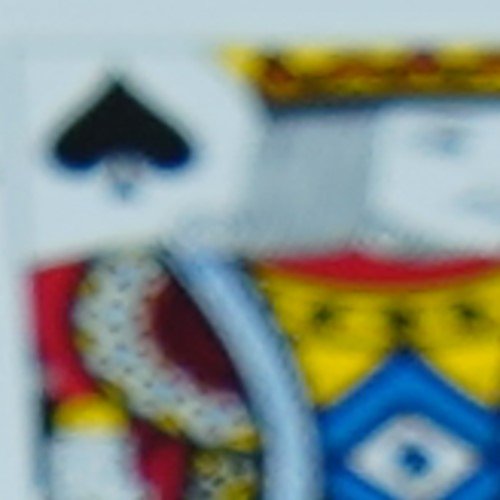














Chromatic aberration is not prominent, but some purple fringing is still discretely visible at the top and bottom in our test images. It is more visible in black-to-white sharp transitions. The following image shows a cropped example of an occurrence of purple fringing.

Distortion
Distortion refers to a lens’s ability to represent straight lines as straight lines… Wide angle lenses frequently generate barrel distortion, while longer focal lengths are more likely to cause pincushion distortion.
The Tamron 28-75mm G2 covers a roughly 3x focal and reaches a wide aperture. As such, we expect some distortion, particularly at the wider end.
We use a standard test pattern of straight lines and test at varying focal lengths.
The images below show the uncorrected and corrected distortion figures at various focal lengths.
28mm
50mm
75mm
The Tamron 28-75mm G2 shows almost no distortion at 28mm, but strong pincushion at medium to long focal lengths. We measured 0.3% of barrel distortion at 28mm, 1.6% of pincushion distortion at 50mm and 1.7% of pincushion at 75mm.
These results mean that built-in corrections should be used whenever possible.
Sample images
Here is a gallery of samples images captured with the Tamron 28-75mm G2. You can click on individual images for a larger view.




















Conclusion
The original Tamron 28-75mm F2.8 had built a strong case for itself, with excellent optical capabilities, reliable AF, a small and light body and a low price. With this new iteration, the question is not whether or not the new lens is any good. Rather, we should ask if the G2 version is a sufficient improvement to justify this upgrade.
On the flip side, Tamron managed to keep the elements which set its earlier version apart, shaving a few grams to the weight, keeping the size similar and only increasing the price by a small $20. Ergonomics are also comparable, with minimal improvements to the G2. The new features such as the USB-C port, solid customization options, and Focus Hold button, are welcome.
Build quality remains good. The 28-75mm G2 is well assembled, very light, and is even weather resistant. The plastic outer shell is an improvement, with a nicer finish without being too much of a departure from the past. The zoom ring is easy to find and operate, and the Focus Hold button is well positioned for easy access. The design is not particularly enticing but resolutely utilitarian. We can attest to its durability over time, thankfully.
Optical performances of the G2 will be compared with its predecessor and with other similar lenses on the market. In a nutshell, it can be said that the G2 maintains the quality of its predecessor and improves visibly for bokeh and flare/ghosting. The latter in particular is class-leading. Sharpness remains excellent in the center, and corners are marginally better than previously. Uniformity at medium apertures is most visibly improved.
Distortion is minimal at 28mm, but noticeable at longer focal lengths, oscillating between 1.6% and 1.7%.
Chromatic aberration is present but discrete, as is purple fringing.
Bokeh is a visible improvement. Highlights are well-shaped and the transitions are smooth. Backgrounds are smoother in harsh conditions, with a creamier texture.
Starbursts are nothing special: rays appear only at smaller apertures and tend to diverge instead of tapering.
Vignetting is actually worse than with the previous version. Automatic corrections should be applied at all times, otherwise the corners will be visibly darker in most conditions.
Focusing remains a strong aspect, but despite the change in the motor type, numbers do not show notable improvements, apart from the fact that “top speeds” are reached in dimmer light.
In summary, the 28-75mm G2 maintains the strong aspects of its predecessors, improves significantly flare and ghosting, provides better sharpness in some situations, delivers more pleasing bokeh, offers better ergonomics and controls, and does all of this while keeping the size, weight and price similar.
For current owners of the previous Tamron version, it might not be worth it to upgrade. For new users, even if version 1 was not phased out, the choice would be obvious, the G2 being the best choice. Quite often upgraded lenses come with a higher price tag. It is not the case here, thankfully.
We generally comment that Tamron lenses come with “acceptable compromises”. With the 28-75mm G2, the only true compromise is the sacrifice of a few mm at the wide end when compared with Sony’s or Sigma’s proposals. But this reasoning can be flipped upside down, by saying that competing lenses sacrifice compactness, weight and price to gain those mm. It is a question of preferences. The 28-75mm G2 is a solid, well-rounded lens, a sensible choice for anyone looking for an F2.8 standard zoom.
Pros
- Light, comparatively compact and weather resistant
- Filter consistent with Tamron’s other lenses
- Excellent sharpness and uniformity at most apertures and focal lengths, improved over its predecessor
- Versatile focal range
- Useful close focusing
- Reliable and fast AF tracking, fast static AF
- Low price when compared with other F2.8 options
- Class-leading flare control
- Customization options and external controls
- Pleasing bokeh
Cons
- No internal zooming
- Visible distortion at longer focal lengths
- Important vignetting
Before You Go
Do you already own this lens? Are you curious about it? If you do, we’d love to hear your thoughts in the comments below.











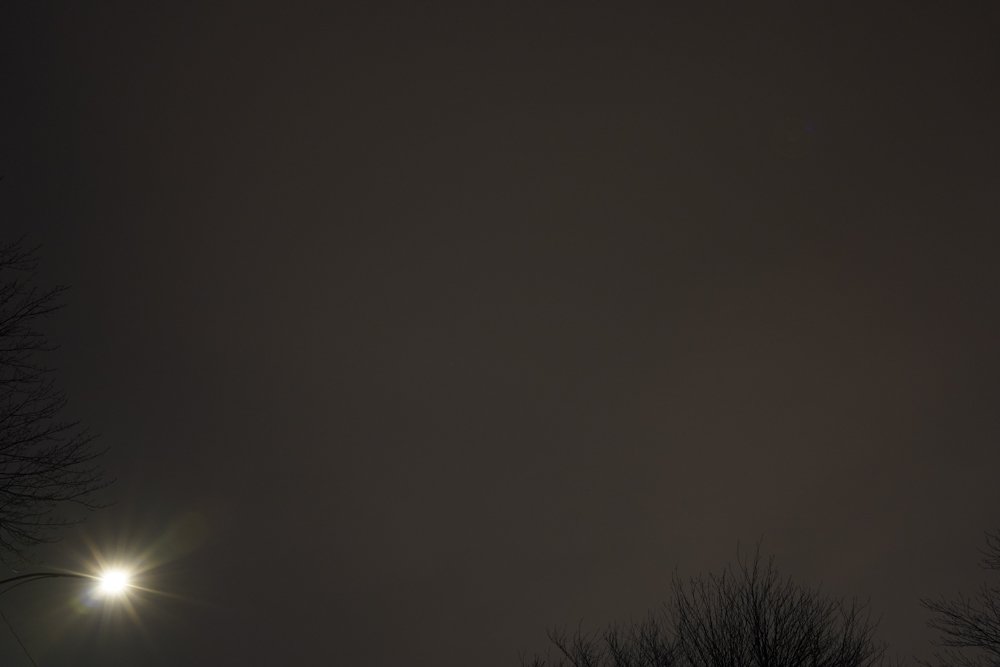
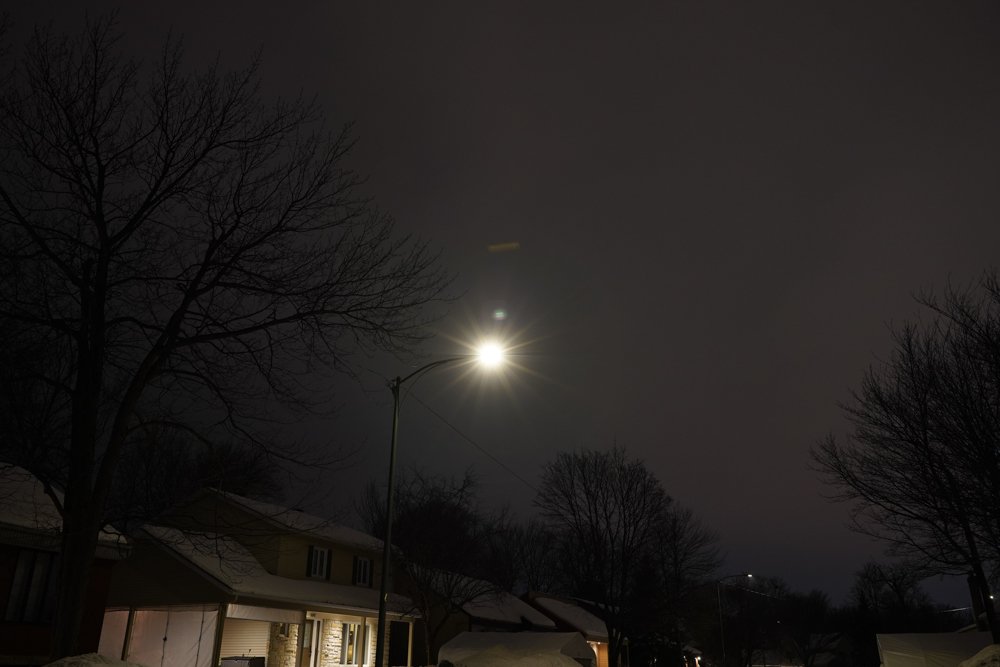

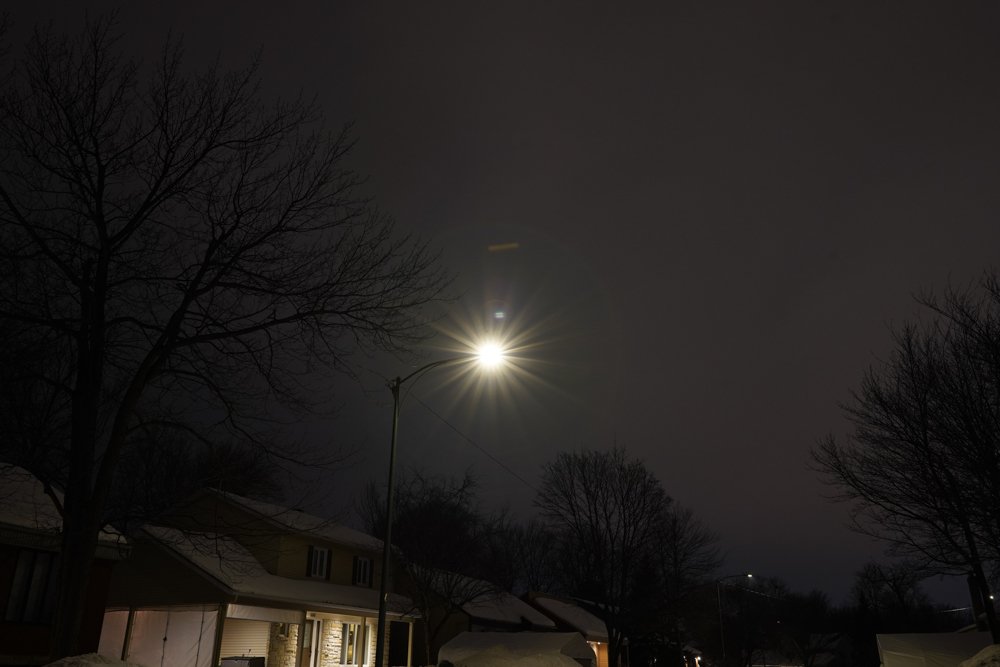

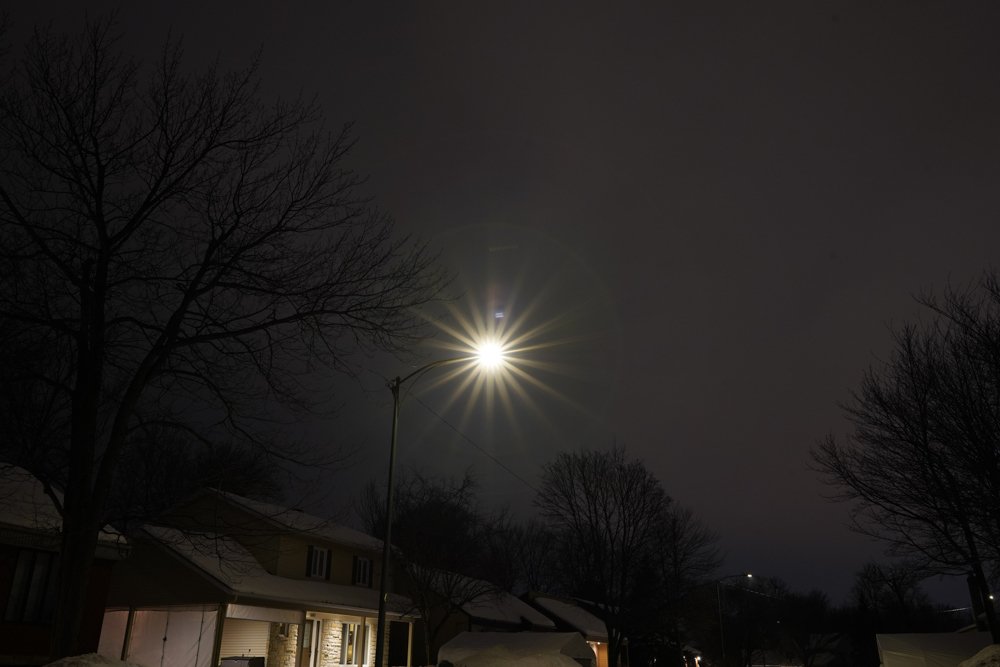



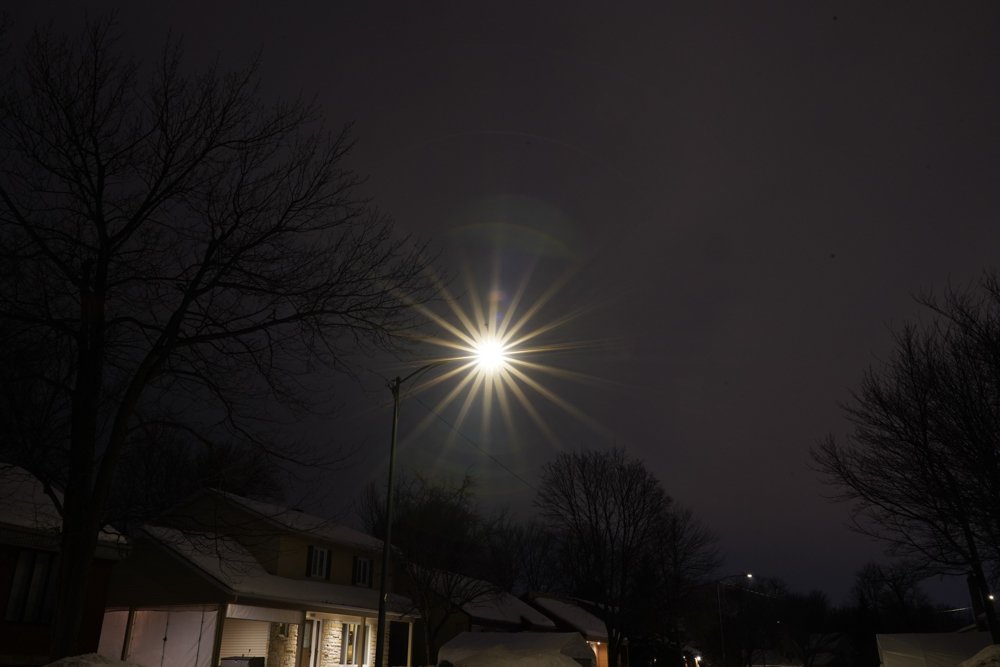
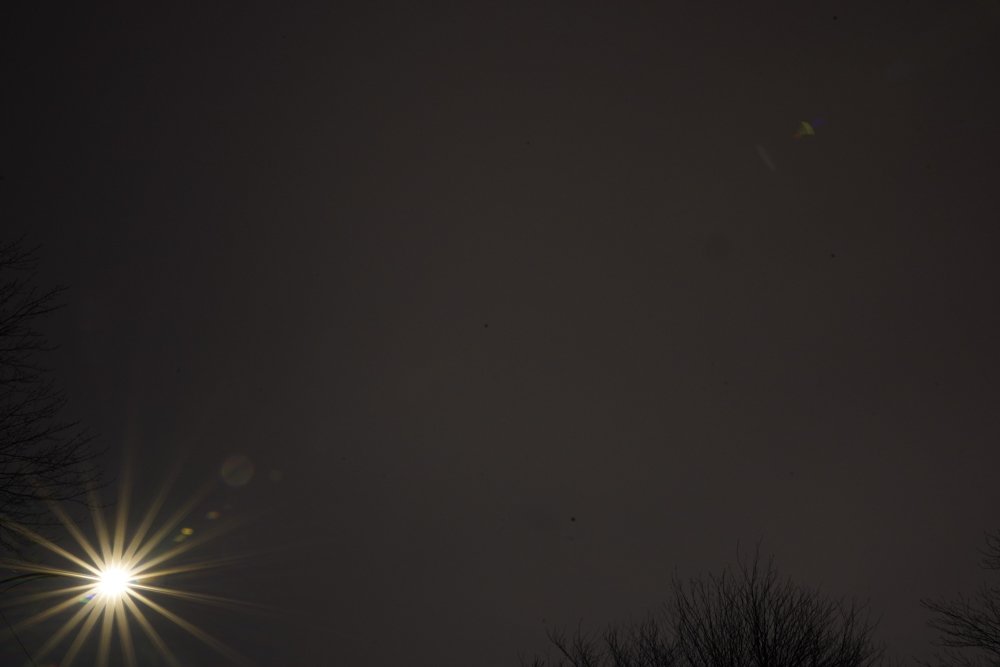
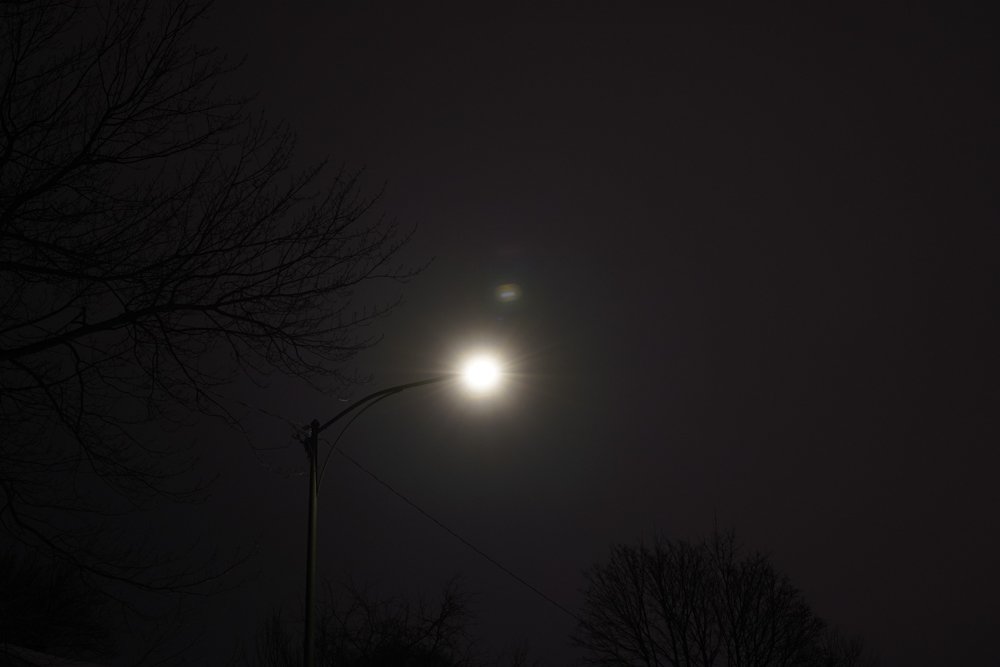
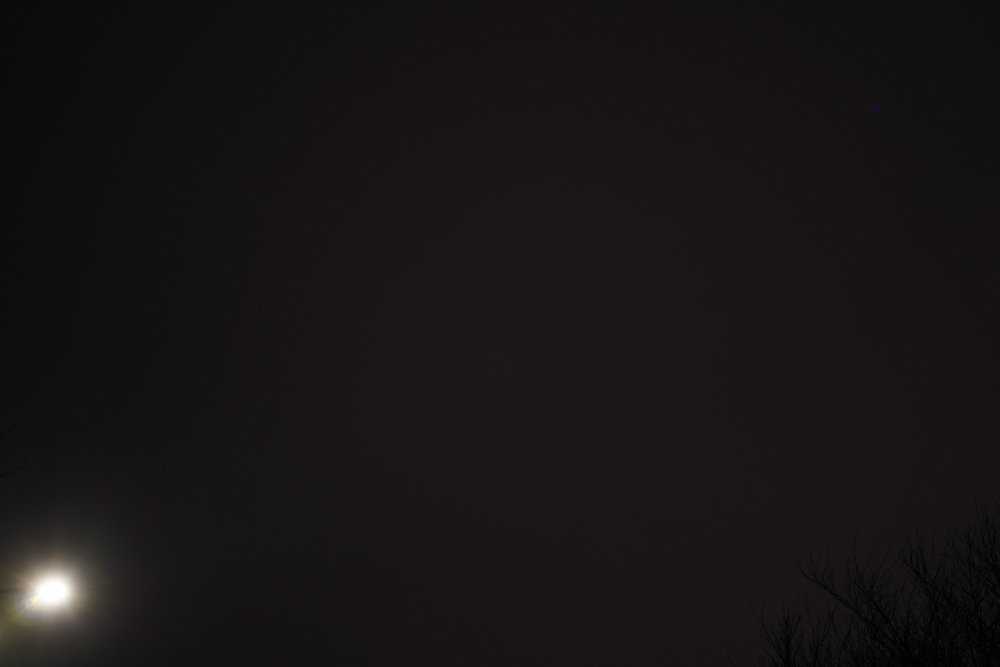
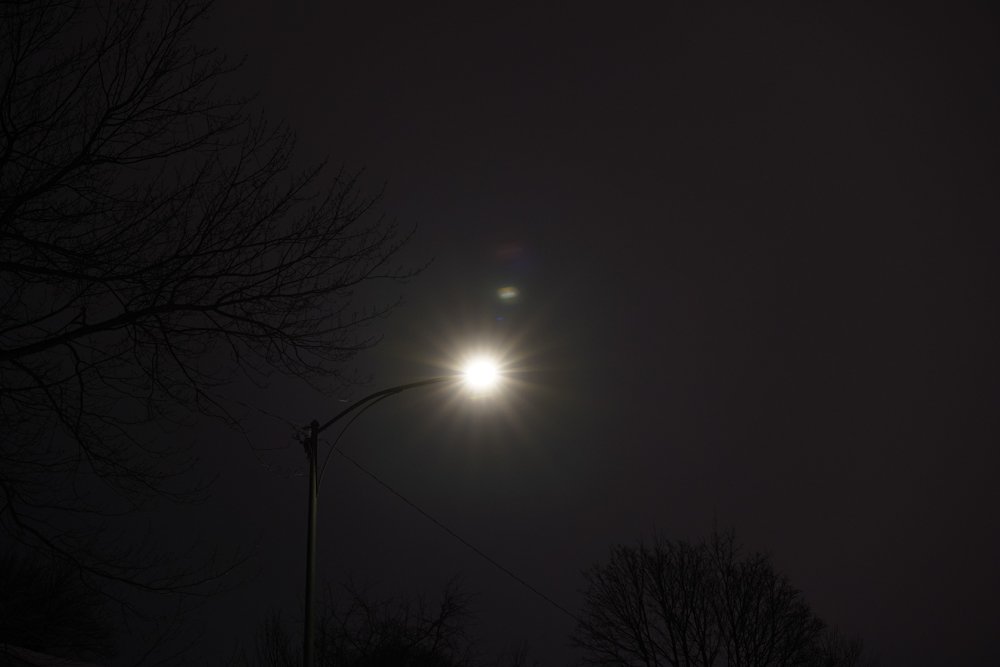
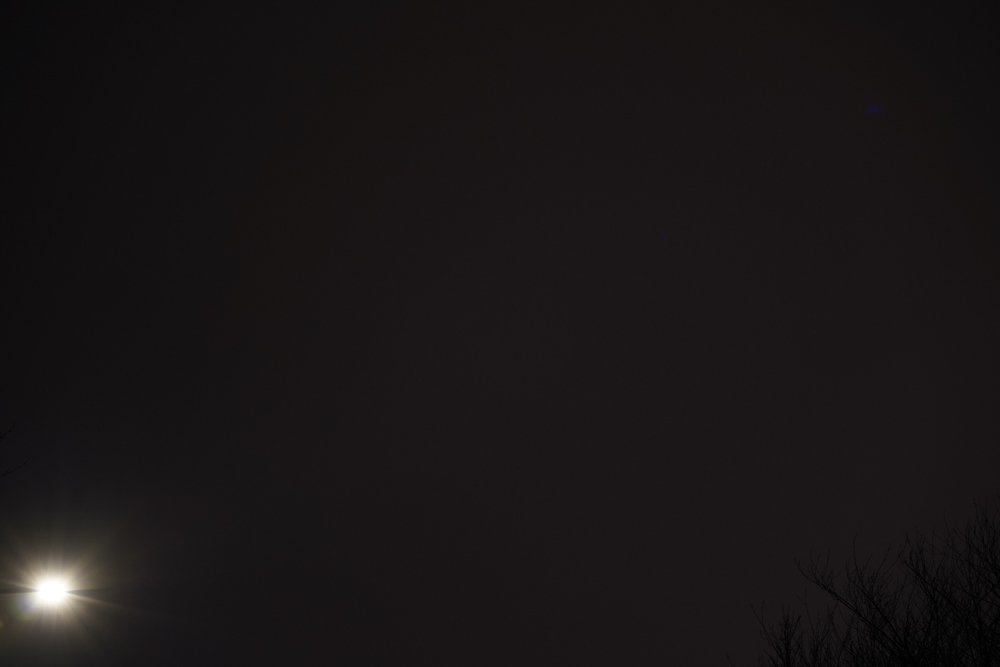

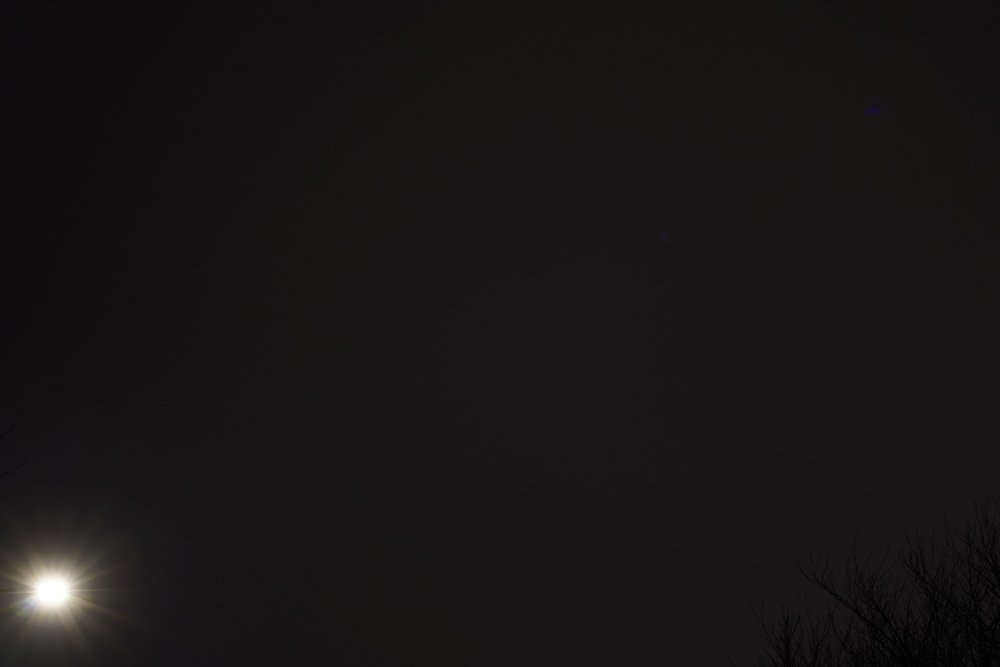
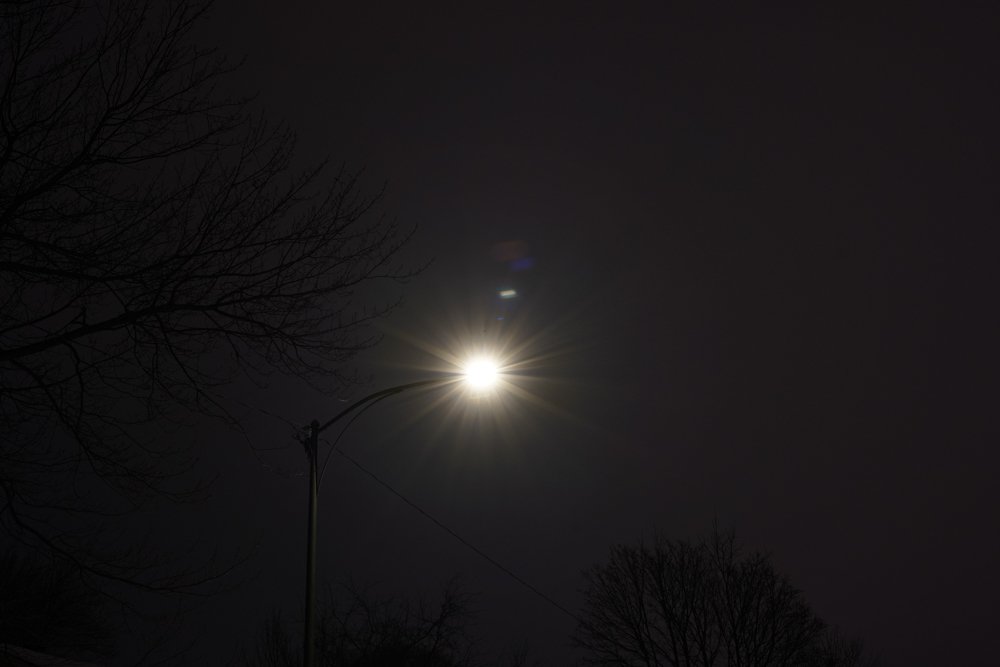

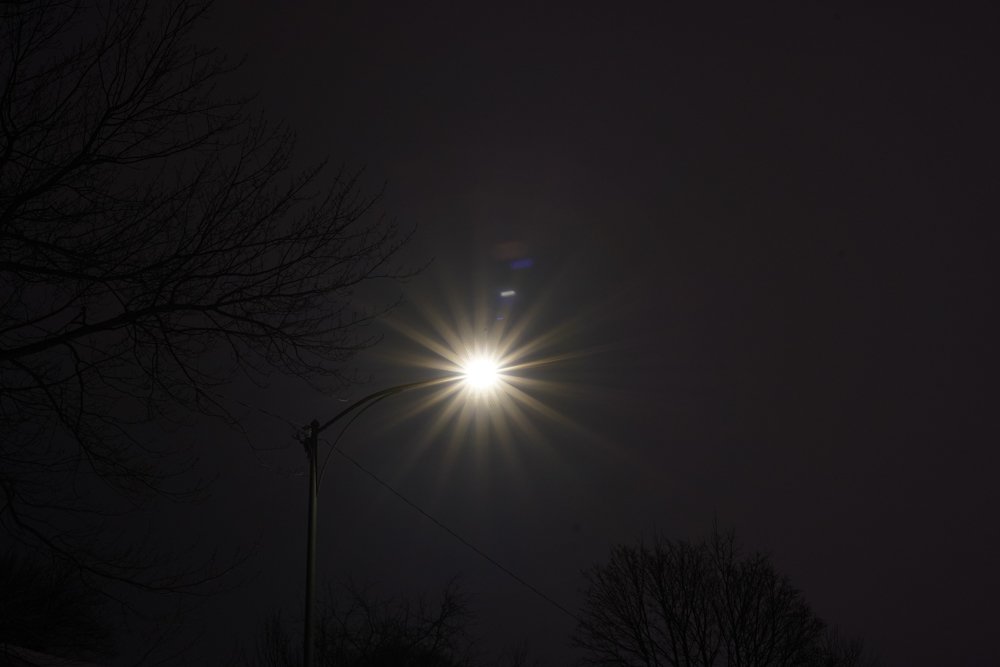
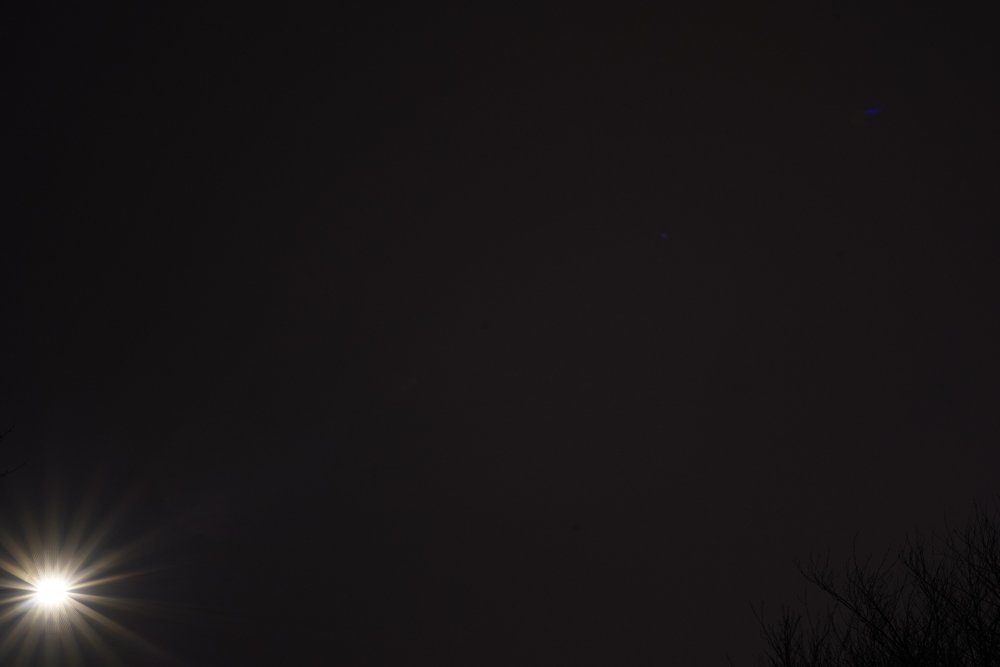

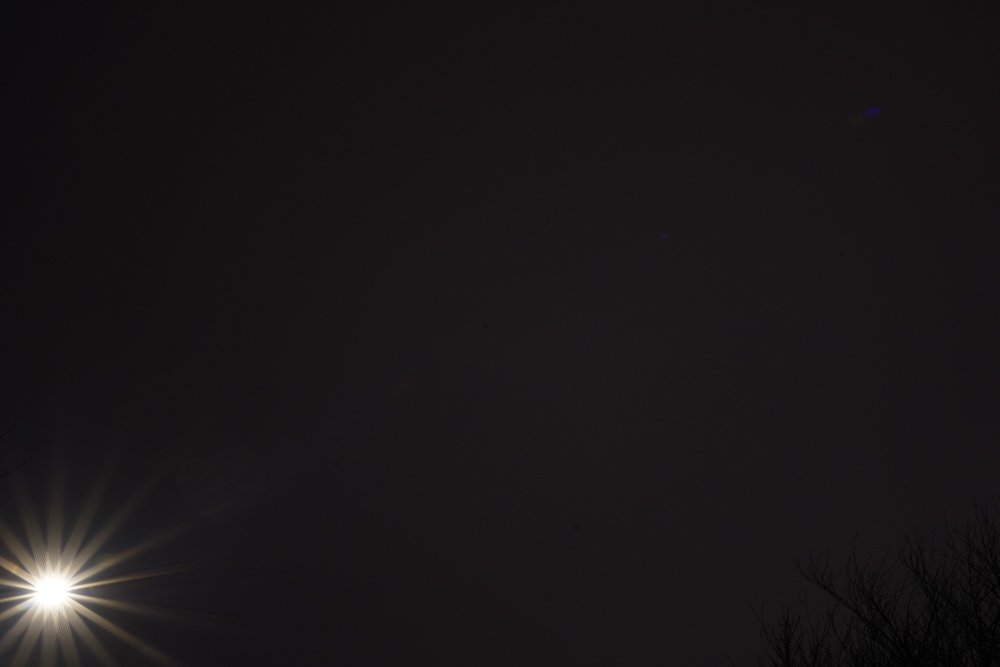
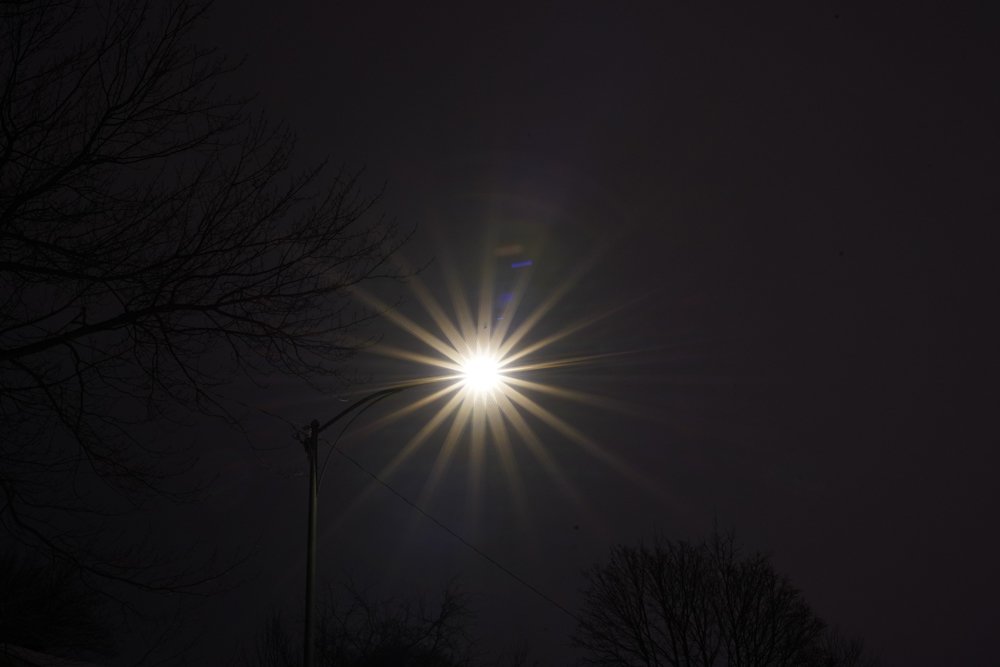


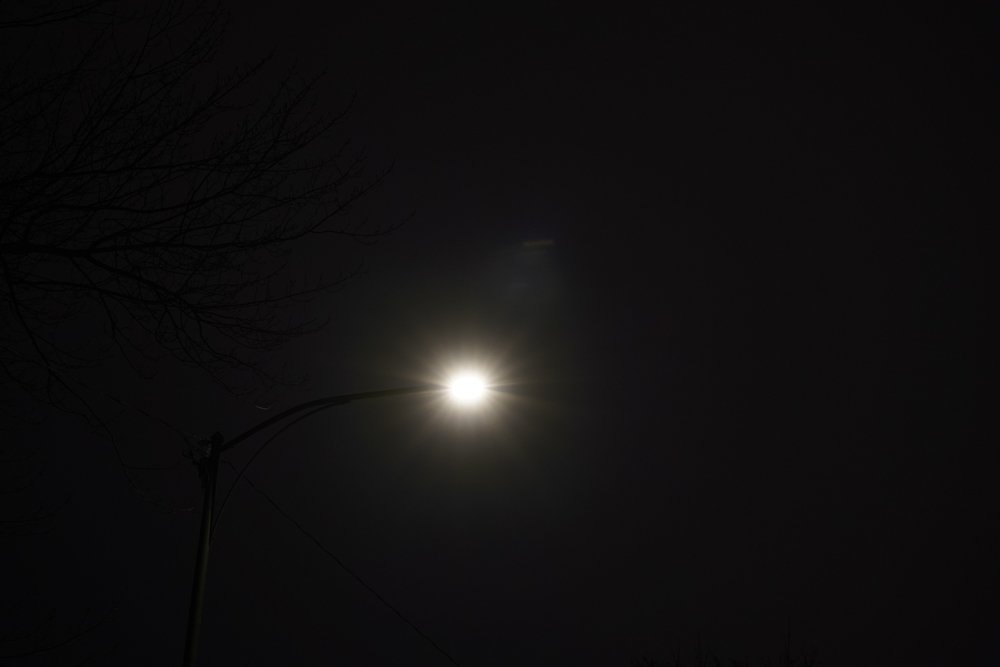




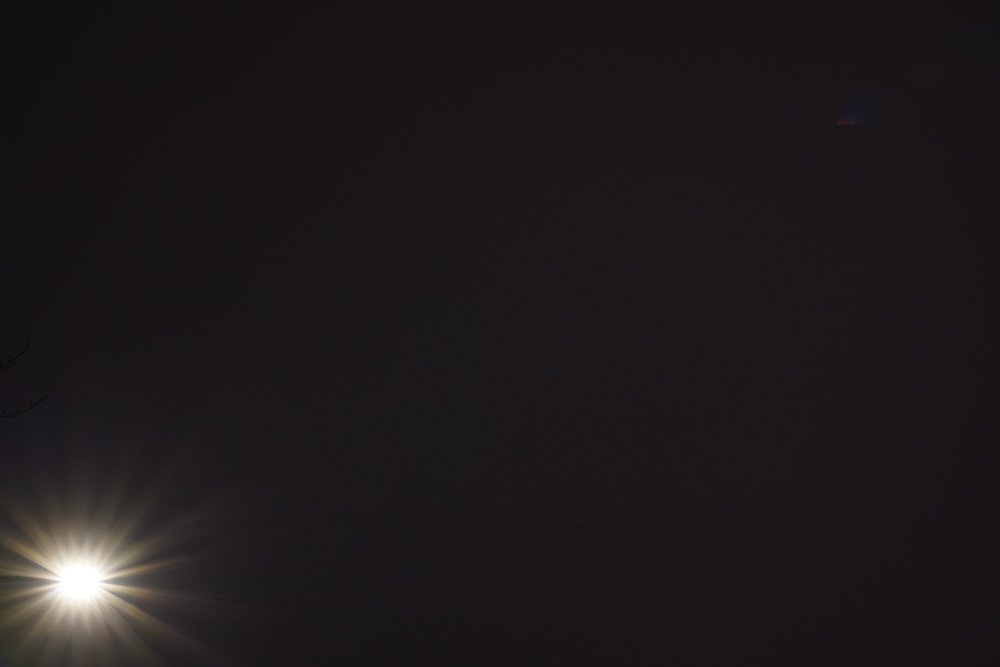
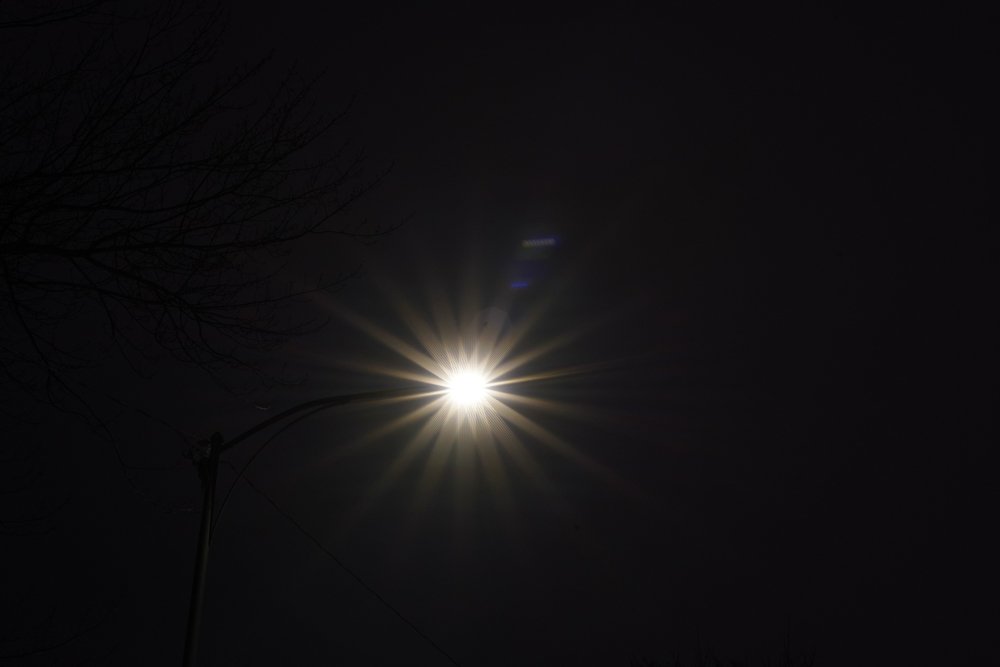

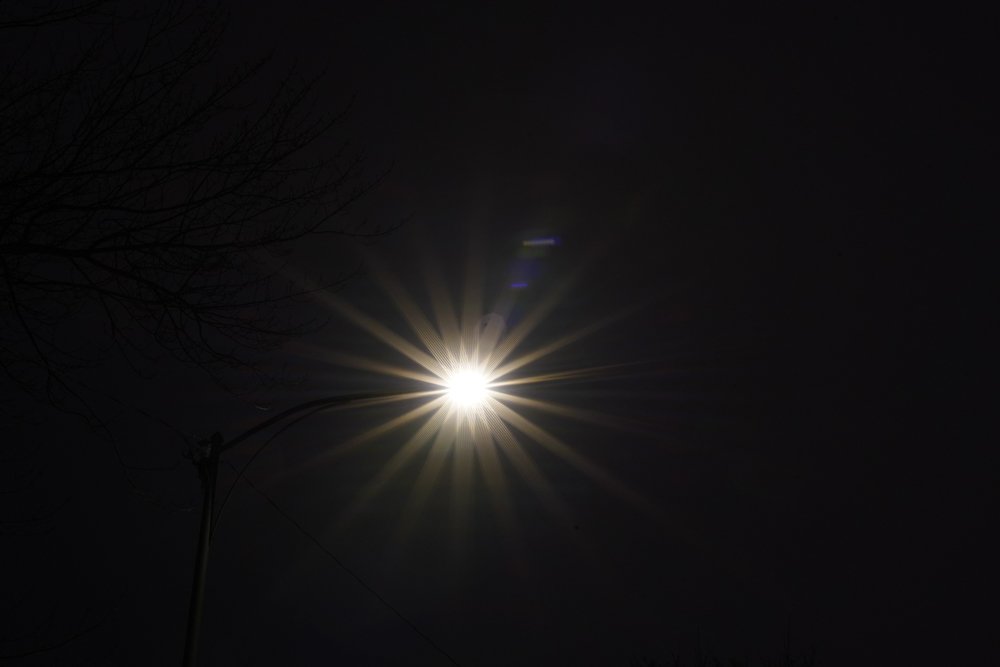

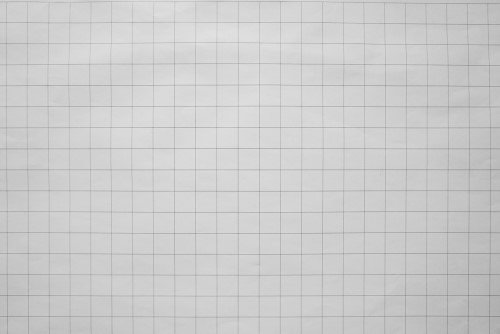
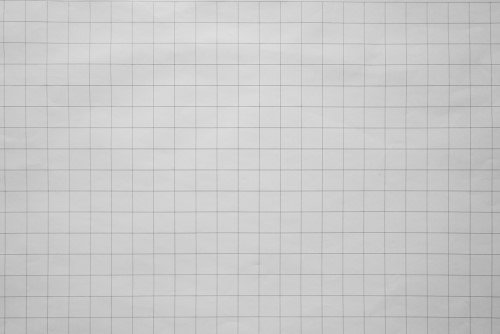

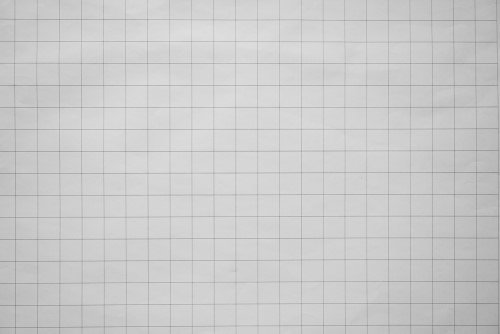

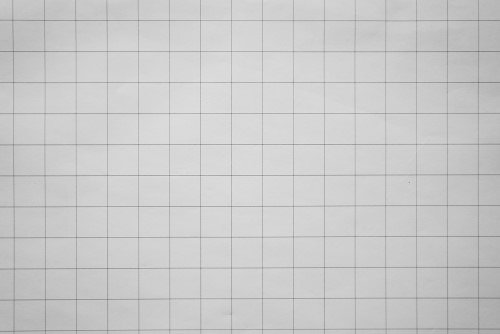

Thanks for the review! Have anyone tested this lens with Sony A7IV? In my experience this lens autofocus in video mode performs badly and unreliable with this specific camera (can’t say about other new Sony models).
My experience confirmed with the review by youtube channel “The Hybrid Shooter” who also said that this lens autofocus is glitchy on A7IV, but very good with A7III. Looks like some lens firmware issue, but Tamron are in no hurry to fix it, which is frustrating.
Hello Tommy!
I personally have no experience with the A7IV. I can only vouch for cameras I have tested with 🙂